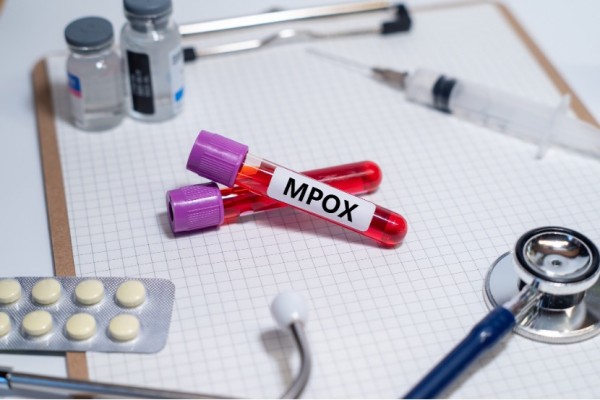Understanding the adverse events profile of MVA-BN vaccine for Mpox
May 12, 2023
Source: drugdu
 331
331
A recent study published in the Journal of American Medical Association (JAMA) evaluated adverse events following the Modified Vaccinia Ankara-Bavarian Nordic (MVA-BN) vaccination for mpox.

Background
Australia adopted a dose-sparing approach due to the shortage of MVA-BN vaccines in the recent mpox outbreak.
Accordingly, a 0.1 ml intradermal dose was recommended for pre-exposure prophylaxis and a 0.5 ml subcutaneous dose for post-exposure prophylaxis in a two-dose regimen four weeks apart.
The study and findings
In the present study, researchers assessed adverse events following MVA-BN vaccination using data from AusVaxSafety, Australia's vaccine safety surveillance system. Individuals vaccinated with MVA-BN from August 2022 to March 2023 at AusVaxSafety surveillance sites were asked to participate, which covered three-fourths of mpox vaccination sites.
Participants received a survey link seven days after vaccination to complete a questionnaire on adverse events. Responses were considered for analysis if completed within seven days.
Demographic details and vaccination date/time were self-reported. Vaccinations were classified as subcutaneous if administered in the deltoid muscle and intradermal if injected in the forearm.
The proportion of participants who reported adverse events, missing daily activities, or medical review (visiting a clinician/emergency department or seeking medical advice) post-vaccination was evaluated. Of over 21,000 vaccinated subjects, there were 13,306 respondents, with a median age of 41.
Most respondents were males (97%); 1.7% of the participants were Aboriginal individuals or Torres Strait Islanders. MVA-BN was subcutaneously administered in 5,643 participants and intradermally in 7,663 subjects.
The rate of adverse events was the highest after the first dose administered intradermally at 53% and the lowest after the second subcutaneous dose at 31%.
The common adverse events with subcutaneous vaccination were local pain, redness, and swelling, while local redness, itching, and swelling were commonly reported after intradermal administration.
The rate of systemic adverse events was not different by vaccination route and was the highest after the first dose. Local adverse reactions were the highest after the first dose regardless of the route of administration but were overall the highest following intradermal vaccination.
Cardiorespiratory adverse events were rare. Individuals with atopic dermatitis reported the highest rate of adverse events. Adverse event rates were similar between immunodeficient individuals and those without chronic conditions.
Only a small proportion of respondents reported missing activities due to adverse events post-vaccination. The rate of seeking medical review was low overall.
Conclusions
To conclude, the researchers observed that local adverse events were the most common after intradermal MVA-BN vaccination.
Absolute event rates were much lower than previously reported. The percentage of people missing everyday activities or seeking medical review was low, indicating that the vaccine was well-tolerated.
By editorRead more on
- 20-Valent Pneumococcal Vaccine Approved for Clinical Trials January 20, 2026
- ADC205 Tablets Received Approval for Drug Clinical Trial January 20, 2026
- Sifang Optoelectronics makes strategic investment in Changhe Biotechnology January 20, 2026
- Mingde Bio plans to acquire a 51% stake in Hunan Lanyi through capital increase and acquisition January 20, 2026
- accelerating the transition of CLL treatment into a “chemotherapy-free era”. January 20, 2026
your submission has already been received.
OK
Subscribe
Please enter a valid Email address!
Submit
The most relevant industry news & insight will be sent to you every two weeks.



